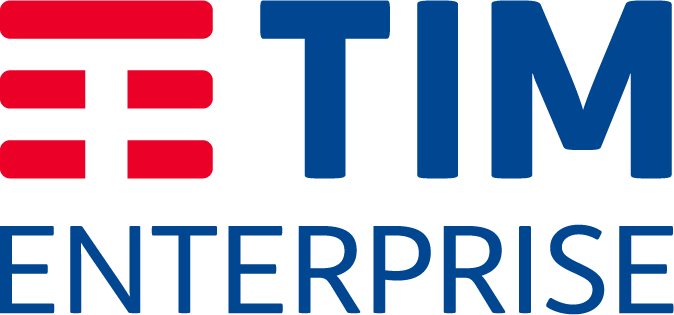Mobile devices and network security
Implementing mobile device management allows organizations to take advantage of personal devices while also addressing the potential security risks associated with employees’ home networks. It is important for an acceptable use policy (AUP) to be in place for all corporate mobile devices and any other equipment connected to the network. This policy should be communicated to all users and should include requirements of acceptable rules for corporate and personally-owned devices, and guidelines for IT support and network access. If contractors are using corporate devices, they should be considered when creating the AUP.
The COVID-19 pandemic has led to a significant shift in work practices, including the widespread adoption of remote work and the use of personal devices and internet connections through virtual private networks (VPNs). To accommodate this change, many organizations have implemented a bring your own device (BYOD) policy, which allows employees to use their personal devices for work as long as appropriate security measures are in place, such as compartmentalization. These measures can be enforced through the use of mobile device management solutions.
Mobile device management best practices
Effective mobile device management requires strong network security measures to protect against threats such as lost or stolen devices and insider threats. To mitigate these risks, it is important to implement robust device passwords and have the ability to remotely wipe corporate devices as needed. Technical solutions like prohibiting corporate devices from connecting to other networks and using network monitoring systems can also help reduce the risk of malware transmission from home networks to the corporate network during remote work.
Automation can help improve productivity by streamlining simple and repetitive tasks, especially in the context of remote work and increased connectivity. By standardizing an internal approach to automation, organizations can achieve a uniform method that not only improves efficiency but allows for swift adaptability. IT service management (ITSM) integration solutions can also help organizations better manage IT performance, costs, and support in a distributed work environment. By following best practices for ITSM integration, organizations can free up more time for strategic initiatives and improve IT effectiveness.
Good practice in mobile device management will vary from organization to organization, as it depends on factors such as the sensitivity of the information, legal and security considerations, and the risk of data breaches. While some general practices, like mandatory two-factor authentication, may be applicable to all organizations, it is important for each organization to tailor its mobile management strategies to its specific needs.
Summary
Smartphones have provided new opportunities for businesses, but their use must be properly managed to ensure productivity and security. Mobile device management can help organizations take advantage of personal devices while addressing security risks. An acceptable use policy should be in place for all corporate mobile devices and any other equipment connected to the network, and this policy should be communicated to all users. The COVID-19 pandemic has led to a shift towards remote work and the use of personal devices and internet connections through virtual private networks, which has prompted the implementation of bring-your-own-device policies. Effective mobile device management requires strong network security measures to protect against threats such as lost or stolen devices and insider threats. Automation can improve productivity by streamlining tasks, and IT service management integration solutions can help manage IT performance, costs, and support in a distributed work environment. Good practice in mobile device management will vary depending on the sensitivity of the information, legal and security considerations, and the risk of data breaches.








